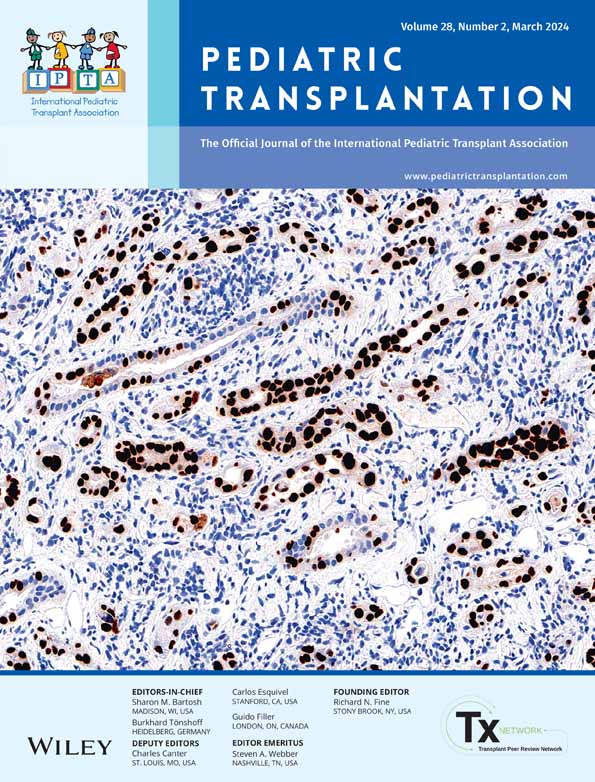Living-donor liver transplantation for methylmalonic acidemia patient with hepatocellular carcinoma: A case report and literature review
Abstract
Background
Methylmalonic acidemia (MMA) is an autosomal recessive disorder caused by defects in propionyl-CoA (P-CoA) catabolism; of note, liver neoplasms rarely occur as a long-term complication of the disorder. Herein, we report the case of a patient with MMA and hepatocellular carcinoma (HCC) who was successfully treated with a living-donor liver transplant (LDLT) following prior kidney transplantation.
Case Report
A 25-year-old male patient with MMA underwent LDLT with a left lobe graft because of metabolic instability and liver neoplasms. He had presented with chronic symptoms of MMA, which had been diagnosed by genetic testing. Additionally, he had undergone living-donor kidney transplantation with his father as the donor due to end-stage kidney disease 6 years before the LDLT. He had an episode of metabolic decompensation triggered by coronavirus disease in 2019. Imaging studies revealed an intrahepatic neoplasm in the right hepatic lobe. Due to concerns about metabolic decompensation after hepatectomy, LDLT was performed using a left lobe graft obtained from the patient's mother. Pathological findings were consistent with the characteristics of well-to-moderately differentiated HCC. The postoperative course was uneventful, and the patient was discharged 48 days after the LDLT without any complications. At the 9-month follow-up, the patient's condition was satisfactory, with sufficient liver graft function and without metabolic decompensation.
Conclusion
This case indicates that although HCC is a rare complication in patients with MMA, clinicians should be aware of hepatic malignancies during long-term follow-up.
Open Research
DATA AVAILABILITY STATEMENT
The data supporting the findings of this study are available from the corresponding author, Sakamoto S., upon reasonable request.




